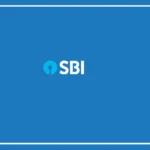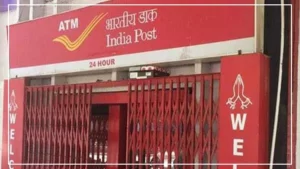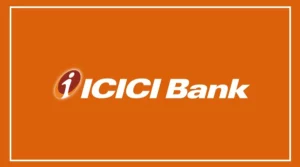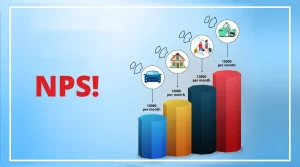New Delhi :
As the New Year unfolds, the National Payments Corporation of India (NPCI) has ushered in crucial changes in the rules governing the Unified Payments Interface (UPI).
Widely regarded as the swiftest method for mobile-based money transfers, UPI has seen exponential growth in digital transactions in India and has attracted interest from other countries.
To enhance user experience and bolster security, the Reserve Bank of India (RBI) has implemented several modifications effective January 1, 2024.
Key Changes in UPI Regulations:
Daily Payment Limit: The maximum daily payment limit for UPI transactions has been capped at Rs 1 lakh.
Notably, the RBI had earlier increased the transaction limit for hospitals and educational institutions to Rs 5 lakh on December 8, 2023, aiming to expand the utilization of UPI payments.
Inactive UPI IDs
NPCI has instructed payment apps such as Google Pay, Paytm, PhonePe, and banks to deactivate UPI IDs and numbers that have remained inactive for over a year.
Interchange Fee for Business UPI Transactions
Business UPI transactions exceeding Rs 2,000, conducted using prepaid payment instruments (PPIs) like online wallets, will now attract a 1.1 percent interchange fee.
Time Limit for First Payments
In a bid to counter online payment fraud, users making their initial payment exceeding Rs 2,000 to another user with whom they have not previously transacted will face a time limit of four hours for the transaction.
Introduction of UPI ATMs
Collaborating with Japanese company Hitachi, the RBI will launch UPI ATMs across India. These ATMs will enable users to scan a QR code to withdraw cash directly from their bank accounts.
In August 2023, UPI celebrated a significant milestone by surpassing 10 billion transactions.
According to a top official from the National Payments Corporation of India, the country possesses the capacity to handle an impressive 100 billion Unified Payments Interface transactions monthly, reflecting the robust growth and widespread adoption of this digital payment system.

























